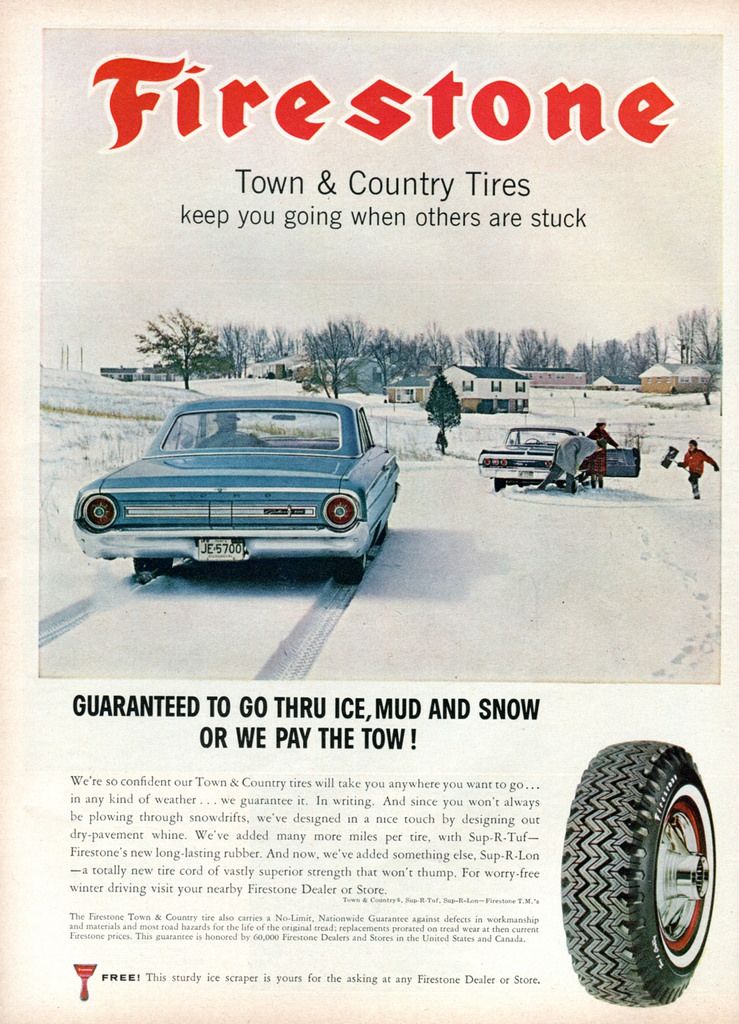Search
So, how long do winter tires last? How many snowy seasons can you expect to get with winter rubber before buying a new set? We explain.
Posted / Updated:
Photo: iStockIf you live in a wintry locale of America or Canada, you should sport winter tires on your vehicle to improve its on-road traction and safety credentials. While it is mandatory by law to install these tires in a majority of cold-weather countries worldwide, they are not generally mandated here in most parts of North America. Some even argue why making winter tires mandatory isn’t the best solution.
It is why most people do not equip their vehicles with winter/snow tires during the snowy season — despite the clear and influencing science of their safety benefits; and which are now more affordable, convenient, and practical than before.
According to a 2018 study by the United States Department of Transportation Federal Highway Administration, Americans cover around 13,476 miles per year. On the other hand, Canadians travel an average of 20,000 to 25,000 kilometers per year, which is almost the same as Americans.
While it relies heavily on the harshness of particular winter weather and region, most car owners install winter tires in mid-November and change them with summer or all-season tires around mid-March when many take their ride out of winter storage.
We can safely say drivers use these tires for four to five months every year. If we consider the average mileage of motorists in the U.S., they will travel around 4,500 miles in four months.
We spoke with Sailun Tire — a tire brand quickly gaining recognition as a high-quality, budget-friendly option for tire shoppers — who tell us winter tire longevity/mileage ratings are normally measured by how many seasons they last; that this isn’t an exact number but, generally speaking, also agree the answer at 4-5 seasons, including their Ice Blazer WST1 product — a studdable winter tire designed for maximum traction in severe weather conditions.
But Sailun adds, “However, that depends on each driver, driving habits, and whether they are diligent with 7 degrees Celsius on/off. It is also fair to mention a winter tire replacement is when a the tire reaches 4/32 remaining tread.”
Therefore, a winter tire with a warranty of up to 6 years and 40,000 miles tread life projection could theoretically survive for about nine winter seasons.
Naturally, some people will drive more than an average driver (or much less). Whatever is the case, you should expect a winter tire to survive for at least 4 to 6 years. If you consider the expense of buying four is around $500, it takes your total cost per season to less than $75.
If they last for good eight years, the cost would be even less, of course. We believe most owners would concede that $75 is an excellent investment for additional security while motoring in winter.
Manufacturers mostly create winter tires with a much softer rubber compound than all-seasons. Therefore, they usually have lower wear ratings than their all-season counterparts. Some tire makers mention the expected distance use to prevent consumer dispute.
Therefore, they usually have lower wear ratings than their all-season counterparts. Some tire makers mention the expected distance use to prevent consumer dispute.
The actual mileage will depend on several factors such as vehicle type and weight, driving behaviour, and road conditions. Furthermore, it will rely on your punctuality to change the winter tires in the spring and the way you store them.
Ensure you do not drive with winter tires in warm/hot weather, and always replace them with summer tires before the spring starts. Keep in mind the 7 degrees Celsius rule; when the temperature rises above this, know it is time to change your winters.
Winter in some parts of Canada and America can be really tough for drivers. However, fixing winter tires is one great way to keep your commutes safe. With tire technology advancing and winter tires becoming more affordable, the reasons to swap out for snow-rated tires are more realistic.
If you’re in the market for new snow-rated tires, here are top picks for the best winter tires.
Related Posts
If you recently bought a new set of winter tires, or your winter tires are a few years old, other than safety, your biggest concern is probably how long will these tires last. Knowing how to get the most mileage out of your winter tires will save you money while keeping you safe no matter how tough the winter weather becomes.
While there’s no set “life expectancy” for snow tires, many tire manufacturers estimate that you should get four seasons of wear from a set of winter tires. Tread wear on winter tires will depend heavily on how many miles you drive each month, and whether those miles are primarily on snow or ice covered roads, or if you routinely have a mix of snow and frozen dry roads. The tread will wear more quickly if the tire is running on freezing road surfaces than if they are on snow for most of the season. Low mileage drivers will get much longer use out of their winter tires than drivers who have both long winters and drive long distances. The lifespan of your tire will also be directly related to the original quality of the tire, and the level of care they’re given.
The tread will wear more quickly if the tire is running on freezing road surfaces than if they are on snow for most of the season. Low mileage drivers will get much longer use out of their winter tires than drivers who have both long winters and drive long distances. The lifespan of your tire will also be directly related to the original quality of the tire, and the level of care they’re given.
Storage
You should change out your winter tires for your summer, or all season tires when temperatures are regularly above 42 degrees.
Leaving winter tires on when temperatures get warmer will increase wear since the compounds that allow a winter tire to stay flexible in freezing temps also wear faster on warm roads.
High heat, freezing temperatures and exposure to light are the biggest contributors to any tire’s aging process. We recommend storing your tires indoors, where they are protected from temperature fluctuations. Be sure to clean the tires thoroughly and ensure they are dry. An airtight tire storage bag, is best and believe it or not, heavy duty black trash bags can be a good tire storage solution. Remove as much air possible from the bag and securely close the bag. Ideally, your tires are cool and dry while being stored, so avoid storing tires near a water heater, or radiator.
Be sure to clean the tires thoroughly and ensure they are dry. An airtight tire storage bag, is best and believe it or not, heavy duty black trash bags can be a good tire storage solution. Remove as much air possible from the bag and securely close the bag. Ideally, your tires are cool and dry while being stored, so avoid storing tires near a water heater, or radiator.
Age and tread wear will eventually be the indicators of when it’s time to begin shopping for a set of new winter tires. Unlike an all season or summer tire, winter tires need to have a much deeper tread to be effective and safe.
The first thing you should do when pulling out your winter tires for the first time each season is check tread depth. If your tires have a tread depth of 5/32 or lower, it’s time for a new set.
See Prices
There will not be enough tread remaining to get you through the winter. Winter tire tread patterns and siping are designed to bite into and evacuate snow and slush so that extra tread depth will provide your best traction on the road.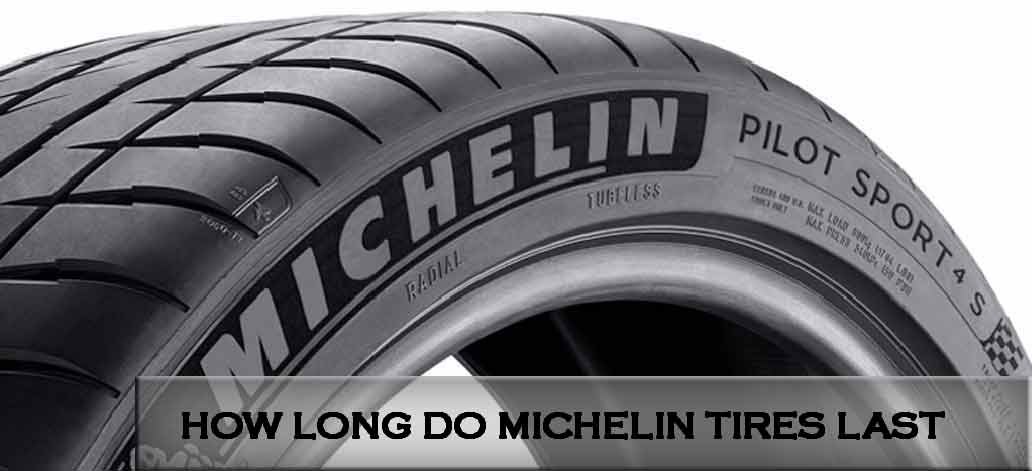
If you don’t have a tire tread gauge handy, most modern snow tires have built in wear indicators. Usually, they’re molded into the bottom of a tire’s tread grooves and indicate that a tire needs to be replaced when the indicator is flush with the adjacent ribs.
You should also always check your tires for visible damage that may indicate that it’s time for a new set. Keep an eye out for deep cracks in the rubber, sidewall damage and replace all four tires if you find significant damage.
Tires-Easy has been a trusted supplier of quality, new tires online to customers since 2004. We pride ourselves in having the best selection of quality new tires and an extensive knowledge center to aid our customers in the tire buying process. Check out our selection of winter tires and stay safe on the road this winter! Finding your tires just got easier at tires-easy.com.
Create an account for free on Tires-Easy.com and check out the discounted prices on a great selection of tires.
Sign Up
0003Related materials
7 rubber signals: what the tire says about car problems
How do you know when tires are completely worn out and it's time to change them? Everything is simple. For summer tires, the limit is 1.6 mm of residual tread depth, and for winter (or all-season tires used in winter) - 4 mm. Modern summer tires can travel from 40,000 to 70,000 km, depending on driving style and vehicle characteristics. An average motorist rolls such a mileage on summer tires in 2-3 seasons. Moreover, wear implies not only a decrease in tread depth. For millions of cycles of deformation, the strength of the carcass and its adhesion to the layers of the rubber compound are violated. In short, every 2-3 years you should buy a new set of tires. nine0003
In the event of irreparable damage to one of the tires and a relatively high total mileage of the kit, it is also worth considering replacing it.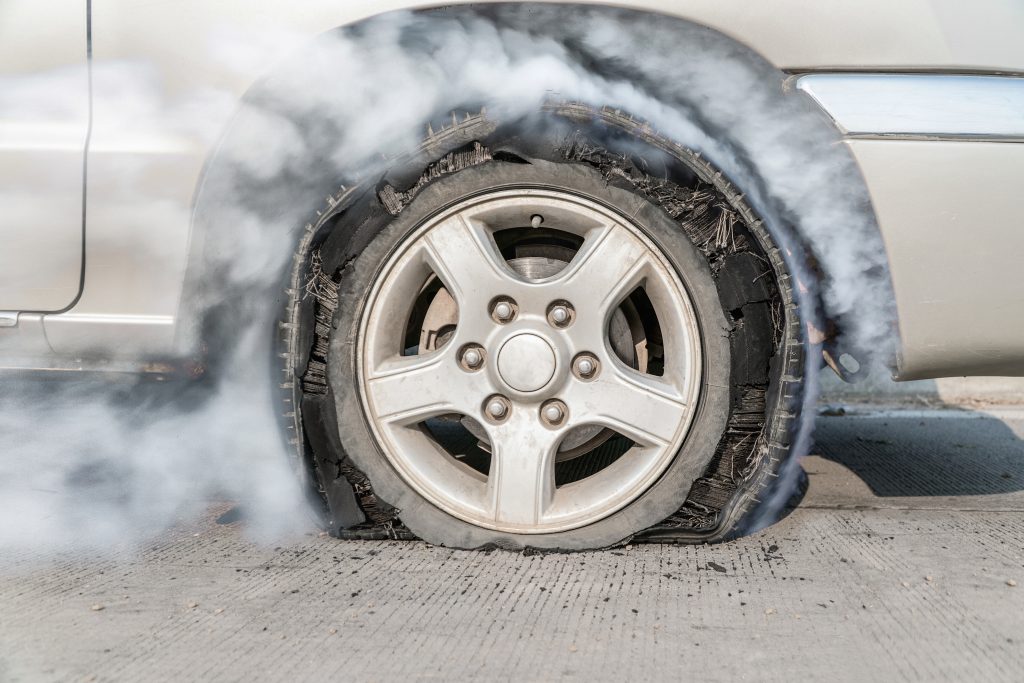 Well, or about buying at least a pair of new tires, which, for any type of drive, should be installed on the front axle. We put two tires back - the most decent of the remaining ones.
Well, or about buying at least a pair of new tires, which, for any type of drive, should be installed on the front axle. We put two tires back - the most decent of the remaining ones.
Many motorists drive only a few thousand kilometers a year. This does not mean that the tires will serve you for several decades. According to Russian requirements (GOST 4754-97), the service life of passenger car tires is 5 years from the date of manufacture. And for example, Continental recommends that all car tires (including the spare tire) older than 10 years old should be replaced with new ones. Therefore, with small runs, you can navigate for ten years. The date of manufacture of the tire is indicated on the sidewall. Usually it is an oval with four numbers. The first two are the ordinal number of the week in the year, the last two indicate the year.
Related materials
How to change the car yourself - detailed instructions
Tires should be rotated periodically in accordance with the vehicle manufacturer's recommendations - information on this can be found in the owner's manual.
We can advise you to carefully use the tires and, most importantly, to store them correctly in the off-season. First of all, during storage, it is important to exclude direct sunlight from hitting the tires, which greatly age the rubber. Tires without rims should be placed vertically, and stacked on rims. nine0003
And before installing tires on a car at the beginning of the season, evaluate their condition. There should be no cracks in the tread and sidewalls. The tire should not be dry, it should remain rubbery and not look like baked plastic.
Related materials
Driving on badly worn tires - will I be fined or not?
Winter tires have a much shorter life span. They almost always fail due to the wear of the treadmill, because the tread of a new tire is 7–8 mm, and only 3–4 mm remain working height. If the tires are studded, then with such wear there are very few metal elements left, and the tire will not provide adequate safety when driving on a winter road. However, not only spikes, but also Velcro, with such a degree of wear, also lose most of their capabilities. nine0003
However, not only spikes, but also Velcro, with such a degree of wear, also lose most of their capabilities. nine0003
The real life of winter tires rarely exceeds 30,000 km. "Bald" winter tires without studs can be re-rolled in summer, but their grip on hot road surfaces will be very poor. This must be taken into account, especially when braking.
***
So: tires that have not yet worn out along the tread (that is, up to 1.6 mm tread depth for summer tires, 4 mm for winter tires) are changed either ten years after the date of issue, or when the rubber layer cracks tires or damage. nine0003
Our new video
Is 12 liters per hundred a lot? Test Haval Dargo
Moskvich 3: all the details and the first test!
2 Russian novelties that will replace Ford
Subscribe and you will always be in the know!
Driving in Zen
News smi2.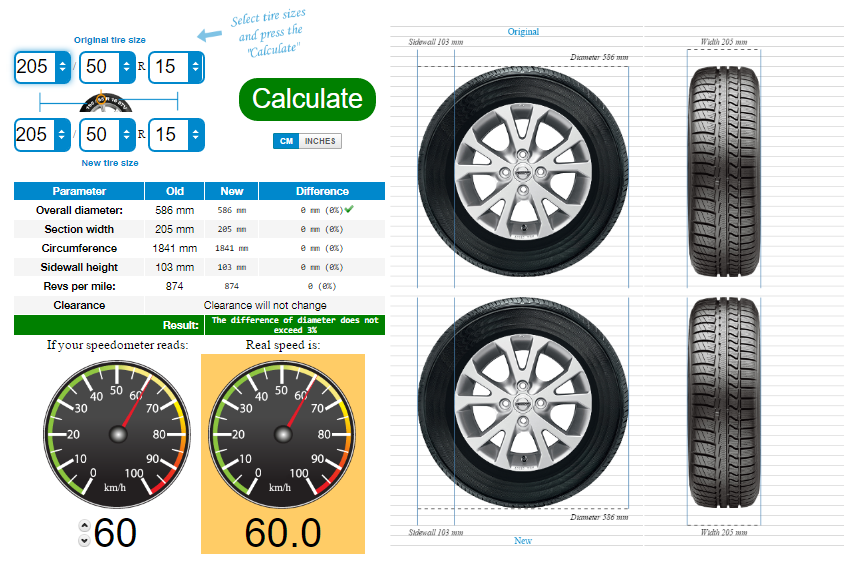 ru
ru
According to manufacturers, car tires should last up to 10 years, but this is the maximum period. The recommended service life of tires is no more than 5-6 years - in practice, after such a time, it is necessary to change the rubber, since it loses its consumer properties. This is very important, as is seasonal replacement, as worn tires greatly increase the risk of an accident, especially on wet or icy roads. Where you can confidently drive at a speed of 70–80 km/h on new tires, it is easy to lose control on worn tires already at 55–60 km/h. Therefore, every motorist needs to know about the service life of tires so that the operation of the car is not only comfortable, but also safe. nine0003
The specified service life of 5–6 years is rather arbitrary. More important is not the date of issue of rubber, but the degree of daily wear and mileage .
The main factor influencing tire life is vehicle type , which determines its load capacity. We are talking about what the maximum load a car can carry and whether its tires can withstand, which can be understood by their load capacity index. nine0003
Overloading the machine by 20% reduces the service life by 30%, so the vehicle must not be allowed to carry loads that exceed its carrying capacity.
In addition to the type of car, the list of factors that affect the life of tires of any type includes:

It is important to keep your car's tires at the correct pressure throughout the seasons.
Regarding the correct rearrangement of tires, we prepared a separate and detailed material, which you can read at the link.

Based on the list of influencing factors, we can conclude that reduces the life of tires:
Critical tire wear can be determined by special indicators that are carried out during tire production. These are transverse protrusions (lintels), reaching a height of 1.6 mm.
These are transverse protrusions (lintels), reaching a height of 1.6 mm.
When the indicators become visible, the tire has begun to wear out.
Indicator location is indicated on the sidewall of the tire using the symbols in the shape of a triangle or the letters TWI meaning Tread Wear Indicator (i.e. "tread wear indicator").
Critical tire wear is indicated by:
Summer and winter, passenger and truck tires have their own minimum residual tread depth, which is determined by wear indicators. You can measure this value with a special depth gauge: if it is below the set limit, then the rubber needs to be replaced.
Measuring is difficult due to uneven wear. In this case, it is necessary to determine the suitability of rubber in the area where wear is most pronounced . When the tread edge wears out on one side, we can talk about a violation of the camber angle . In this case, you need to contact the service station.
In this case, it is necessary to determine the suitability of rubber in the area where wear is most pronounced . When the tread edge wears out on one side, we can talk about a violation of the camber angle . In this case, you need to contact the service station.
Tires also have numbers that wear out as they wear, which also helps to determine its degree.
Learn more about the types of wear and how it can threaten you can find in the article.
The average load capacity of passenger cars is 2 tons , and the tire mileage is about 45 thousand km. Depending on the driving style, the characteristics of the car itself and the season, you can drive on passenger tires from 40 to 70 thousand km .
Summer tires tend to last longer than winter tires because the operating conditions are less severe. All that summer tires can face on the road is high temperatures, hot or wet asphalt. The last to be determined is the safe value of the residual tread depth - for summer tires it is 1.6 mm . With a shallower groove depth, water drainage becomes impossible. Although the behavior of the tire on the road becomes unsafe already at a tread depth of about 3 mm.
Summer tires are more rigid than soft and elastic winter tires. The peculiarity of the composition and less difficult operating conditions explain the longer service life: an average of 5-6 years with careful driving on a flat roadway.
Winter tires are given much less time and almost always fail due to tread wear, because the tread of a new tire is 7-8 mm, and only 3-4 mm of working height remains.
In the case of studded tires, very few metal elements are retained with such wear, so it can no longer provide proper road safety.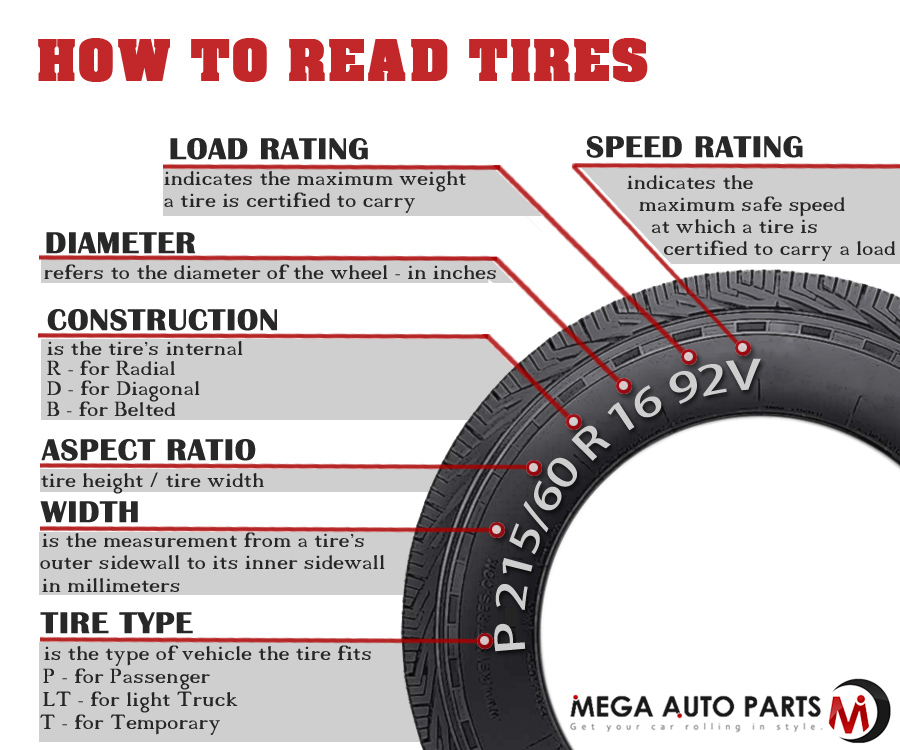
Friction (not studded) tires with similar wear also lose most of their performance. nine0003
In reality, winter tires have an average mileage of not exceeding 30,000 km .
Some motorists decide to re-roll "bald" tires in the summer, but this is dangerous, because the grip on the heated road surface will be very low.
So, the service life of winter tires differs depending on their type:
You can find detailed recommendations on choosing winter tires for your car here.
The remaining tread depth for winter passenger tires is 4 mm . The value was chosen taking into account the fact that to ensure safe driving on winter roads: snowy, icy, covered with wet snow. In the latter case, a phenomenon akin to aquaplaning occurs - slashplaning, i.e. sliding on snow slush (slush), which occurs at speeds above 50 km / h. The wheels seem to "float" over the road at high speed. nine0003
The tread must have sufficient height to ensure that the slush is quickly removed from the contact area with the road. This is due to the fact that the thickness of the layer of wet snow can be several centimeters. Grooves that are too shallow just won't do the job.
It has also been proven that directional tread tires resist slashplaning better. The direction of rotation is usually indicated by an arrow and the word Rotation.
Light truck tires are designed for light trucks, pickups, buses and light commercial vehicles that have load capacity from 2 to 4 tons . The average mileage of tires used on them is 60 thousand km . This is due to the fact that such tires belong to the category of commercial tires with a reinforced structure.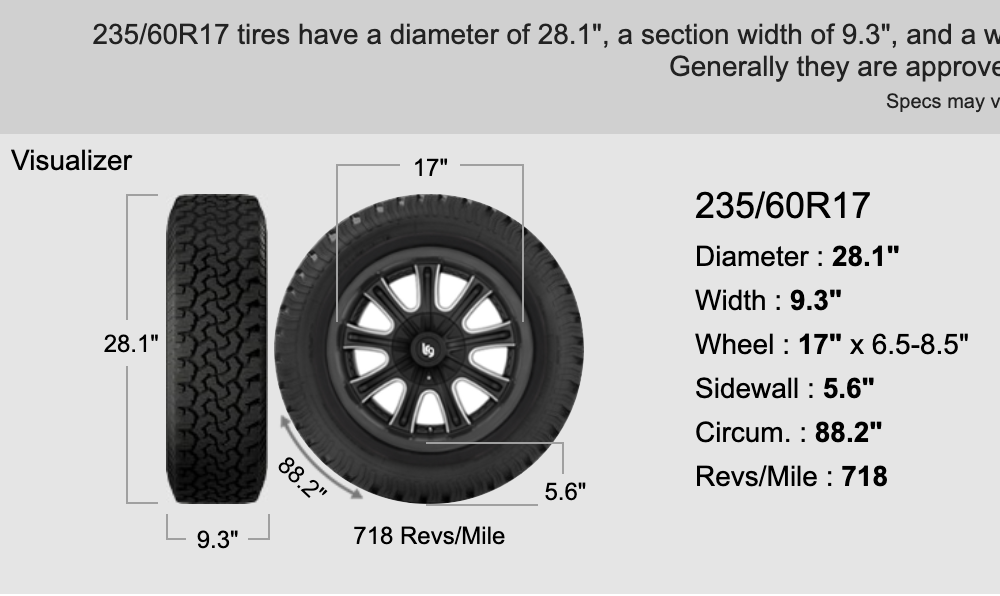
To prolong the life of your light truck tires, we recommend checking the pressure at least once a week, preferably every morning before driving. nine0041 Measurements must be made on cold tires , i.e. not less than 3 hours after the end of the trip.
The choice of the right tire size depending on the season also helps to increase the resource: appropriate wide models are more suitable for summer, and winter and narrower ones are better in winter.
Trucks have the largest load capacity - more than 4 tons . Accordingly, their rubber has the greatest resource, which is 65–70 thousand km . In this case, the residual tread depth is 1 mm .
Increased wear resistance is due to the fact that truck tires are primarily designed for intensive use, often daily throughout the year. The decisive role in the service life of such tires is played by:
The issue of service life for such tires is also important because it affects the cost per kilometer (CPC), which is important for evaluating the performance of rubber, optimizing fleet costs and determining the profitability of freight transportation. Recall that the indicator is calculated according to the following formula:
UPC = (Tire cost + Maintenance costs - Carcass price) ÷ Mileage (km).![]()
From the formula it becomes clear: the greater the tire mileage, the lower the UPC, which means more profitable freight transportation. Therefore, companies conducting such activities seek to increase the resource of tires. This is possible by following the basic recommendations that are suitable for all tires:
When choosing truck tires, you need to take into account the operating conditions of the truck and the category of goods transported, depending on what they buy:
It also matters the type of axle where the tires will be installed: trailer tires cannot be placed on the steering axle due to an incorrect operation model and the load calculated by the manufacturer. These actions can not only significantly reduce the life of the tires, but also be dangerous for driving on the roads. nine0003
It is equally important to follow the recommendations for driving, in particular, do not drive at high speed with a heavily loaded car, move smoothly, do not accelerate too quickly.
For agricultural machinery, tire life is just as important as for trucks.
The cost of operating rubber here reaches 20% of the total cost of per car. And during the service life of equipment , rubber has to be renewed 3-4 times .
Due to the operation in difficult field conditions, tires for agricultural and special equipment have an increased resource. High wear resistance is provided by a multi-layer construction (6–24 layers) of the sole and sidewalls, reinforced reinforcement, a special tread compound and stiffeners.
But even with a special design, tires for agricultural machinery usually last less than for passenger cars - sometimes is less than 5 seasons , which is explained by difficult operating conditions. To extend the service life, you must follow a number of rules:
To extend the service life, you must follow a number of rules:
When driving, pay attention to whether the vehicle is pulling to one side. If this happens, then a swap is required. nine0003
